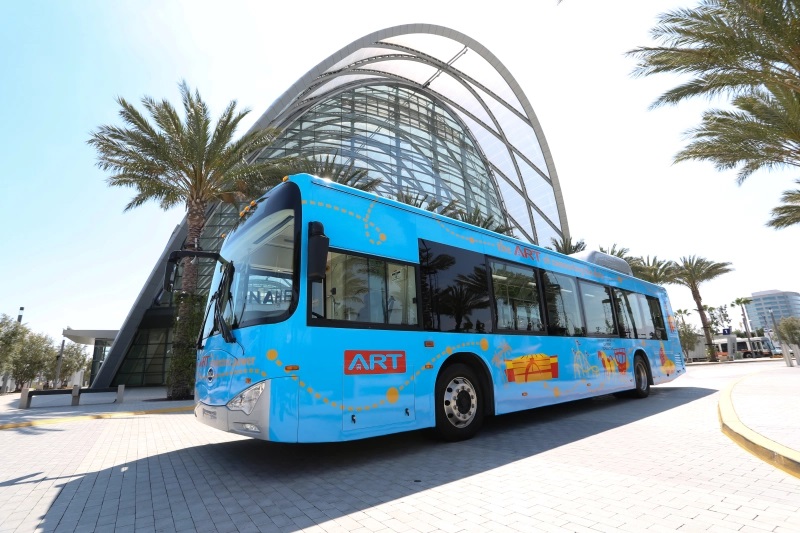The federal and state government has prioritized turning over the country's transit and school bus fleets until they are completely electrified. Early in 2023, more signs of the successes of those investments can be seen on the streets and bus yards in Southern California.
As the Los Angeles Unified School District replaces buses in its fleet, it is replacing the old diesel buses with electric buses equipped with wi-fi. The district announced yesterday that two dozen new charging stations are coming online after announcing that eleven new e-buses were joining the fleet at the start of the year. The two dozen stations will be split between two bus yards in the San Fernando Valley and East Los Angeles.
“The new charging stations will help the district support its current electric buses and allow us to scale the number of buses to serve current and future students," said LAUSD Superintendent Alberto M. Carvalho. "Our electric bus fleet will streamline and enhance student safety and transportation, while also incorporating an ecologically sustainable practice into the District’s operations.”
The City of Anaheim also announced a dramatic increase in its e-bus charging capacity.
The Anaheim Transportation Network (ATN) announced it has doubled its electric vehicle charging capacity in a press release last week.
The container-based charging system began charging buses the first week of 2023. ATN is using the new charging station to power both 60- and 40-foot electric buses until ATN’s permanent charging facility is completed this fall. The public transit operator will continue to charge vehicles at its current headquarters as well.
“This new charging station allows ATN to put our growing zero-emission fleet onto the street immediately,” said ATN’s Executive Director, Diana Kotler. “The location allows us to charge our buses along our routes, instead of requiring all buses to be charged at our headquarters, saving time and guaranteeing the efficiency of our transit system. With the addition of this charging capability, we are well prepared to continue to grow our electric fleet, with a goal of being 100% electric by 2026.”






